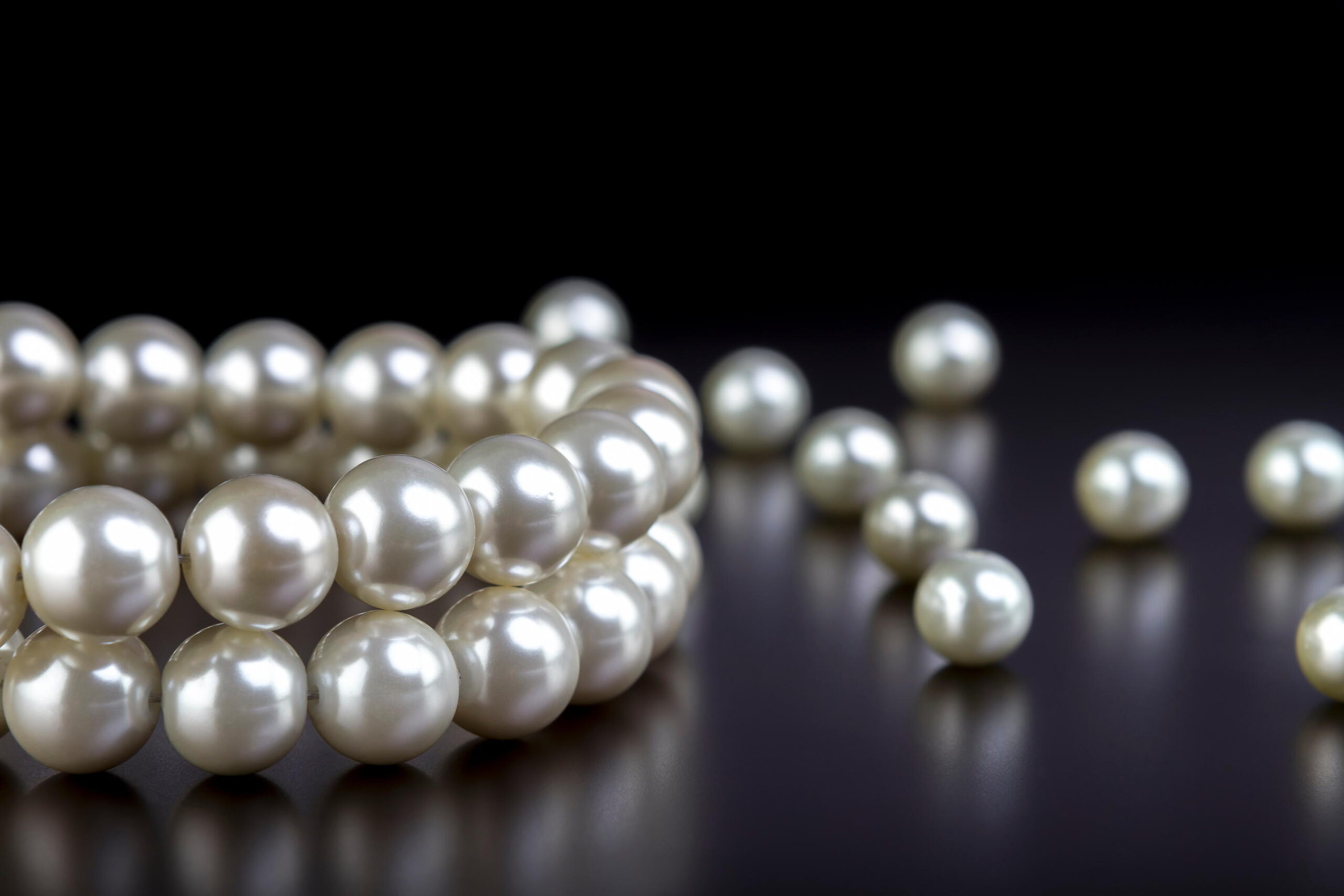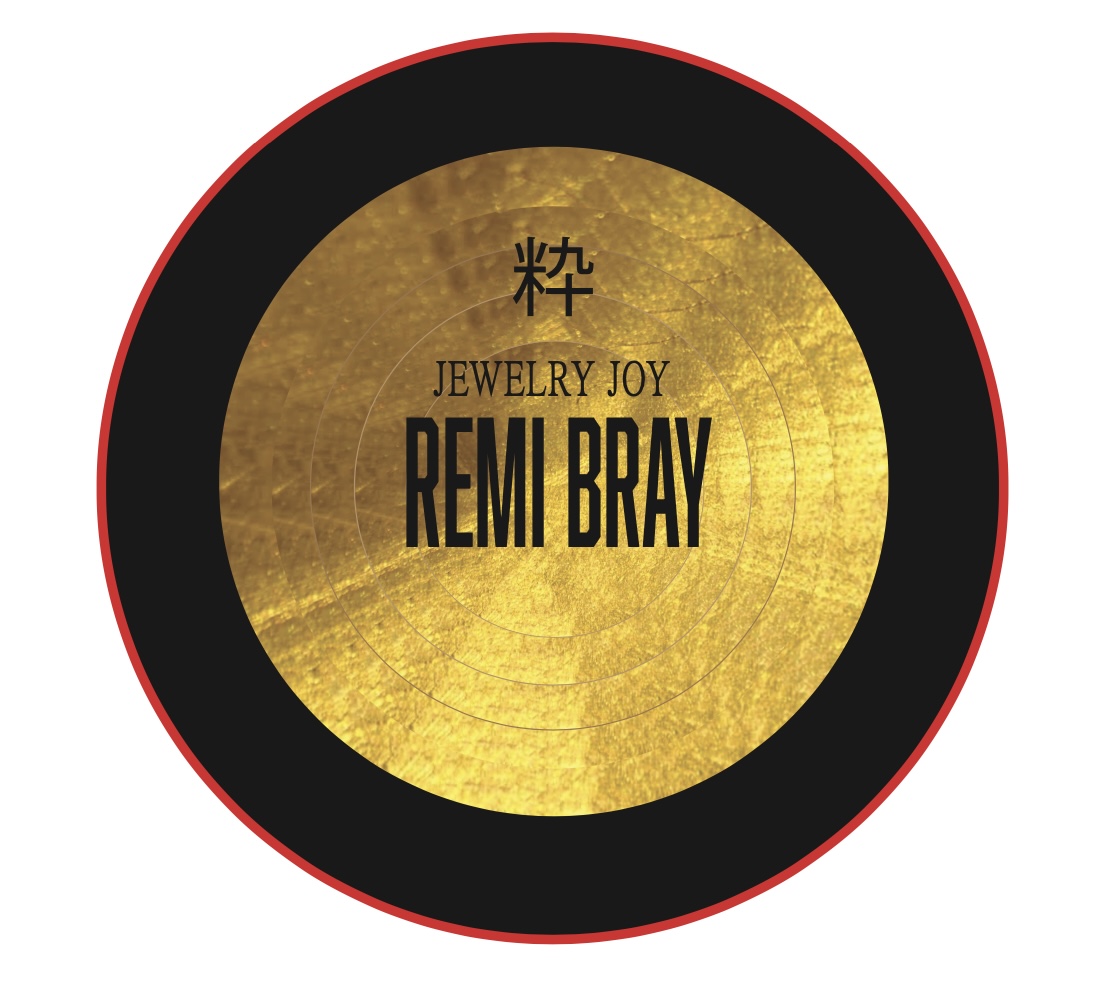What are pearls? 真珠とは

真珠とは貝から採れる宝石の一種である。 6月の誕生石である。石言葉は「健康・富・長寿・清潔・素直」など。
真珠は貝の体内で生成される宝石である。生体鉱物 (バイオミネラル)と呼ばれ る。貝殻成分を分泌する外套膜が、貝の体内に偶然に入りこむことで天然真珠が 生成される。つまり成分は貝殻と等しい。貝殻を作る軟体動物であれば真珠を生 成する可能性がある。小石や寄生虫などの異物が貝の体内に侵入したときに、外套膜が一緒にはいり、結果、真珠が生成される。そのため、異物の侵入が真珠の成因だとする説が一般的であったがこれは誤りである。
外套膜は細胞分裂して袋状になり、真珠を生成する真珠袋をつくる。その中でカルシウムの結晶 (アラレ石)と有機質 (主にタンパク質コンキオリン)が交互に積層した結果真珠層が形成されて、真珠ができる。この有機質とアラレ石の薄層構造が干渉色を生み出し、真珠特有の虹色(オリエント効果)が生じる。真珠層の構造や色素の含有量などによって真珠の色・照りが決まる。日本の養殖真珠の発明とは、球体に削った核を、アコヤガイの体内に外套膜と一緒に挿入し、真珠層を形成させる、というものである。巻き貝から生成されるコンク真珠やメロ真珠は真珠層を持っていない。従って、上記の真珠と区別されることがある。真珠の重量の計量単位には、養殖真珠の産業化に成功したのが日本であったことから 日本の尺貫法の単位である匁(3.75グラム)や貫(3.75キログラム)が用いられるが、グラム、カラット(200ミリグラム)や、グレーン(通常は正確に64.798 91 ミリグラムだが、真珠の計量については50ミリグラム)も用いられる。真珠の大きさの単位はミリメートルであるが、真珠のネックレスの長さは業者間の取引では、主にインチが使われている。冠婚葬祭のいずれの場面でも使える便利な装飾品であるが、炭酸カルシウムが成分であるため、汗が付いたまま放置すると真珠特有の光沢が失われるので、使用後に柔らかい布で拭くなどの手入れが大切であ る。
Pearls are a type of gemstone that is harvested from shells. They are the birthstone for June. The meaning of the stone is “health, wealth, longevity, cleanliness, honesty,” etc.
Pearls are gemstones that are produced inside the shells. They are called biominerals. Natural pearls are produced when the mantle, which secretes shell components, accidentally gets into the shells. In other words, the components are the same as the shells. Any mollusk that produces shells can produce pearls. When a foreign object such as a pebble or parasite gets into the shells, the mantle also gets in, and as a result, a pearl is produced. For this reason, it was generally believed that the intrusion of a foreign object was the cause of pearl formation, but this is incorrect.
The mantle divides into cells and becomes sac-shaped, creating a pearl sac that produces the pearl. Inside the mantle, calcium crystals (aragonite) and organic matter (mainly the protein conchiolin) are layered alternately to form the nacreous layer, and a pearl is produced. The organic matter and the thin layer structure of aragonite create interference colors, resulting in the iridescence (orient effect) that is unique to pearls. The color and luster of a pearl are determined by the structure of the nacre and the amount of pigment contained. The invention of cultured pearls in Japan involves inserting a spherical nucleus into the body of an Akoya oyster together with the mantle, allowing the nacre to form. Conch pearls and Melo pearls, which are produced from conch shells, do not have nacre. Therefore, they are sometimes distinguished from the above pearls. The units of measurement for pearl weight are momme (3.75 grams) and kan (3.75 kilograms), which are Japanese units of the shaku-kan system, since Japan was the first to successfully industrialize cultured pearls, but grams, carats (200 milligrams), and grains (usually exactly 64.79891 milligrams, but for measuring pearls, 50 milligrams) are also used. The unit of measurement for pearl size is millimeters, but when trading pearl necklaces, the length is mainly measured in inches. Pearls are convenient ornaments that can be used for any occasion, including weddings, funerals, and other ceremonial occasions, but because they contain calcium carbonate, they will lose their unique pearl luster if left with sweat on them, so it is important to take care of them by wiping them with a soft cloth after use.
ー Info from Wikipediaー
